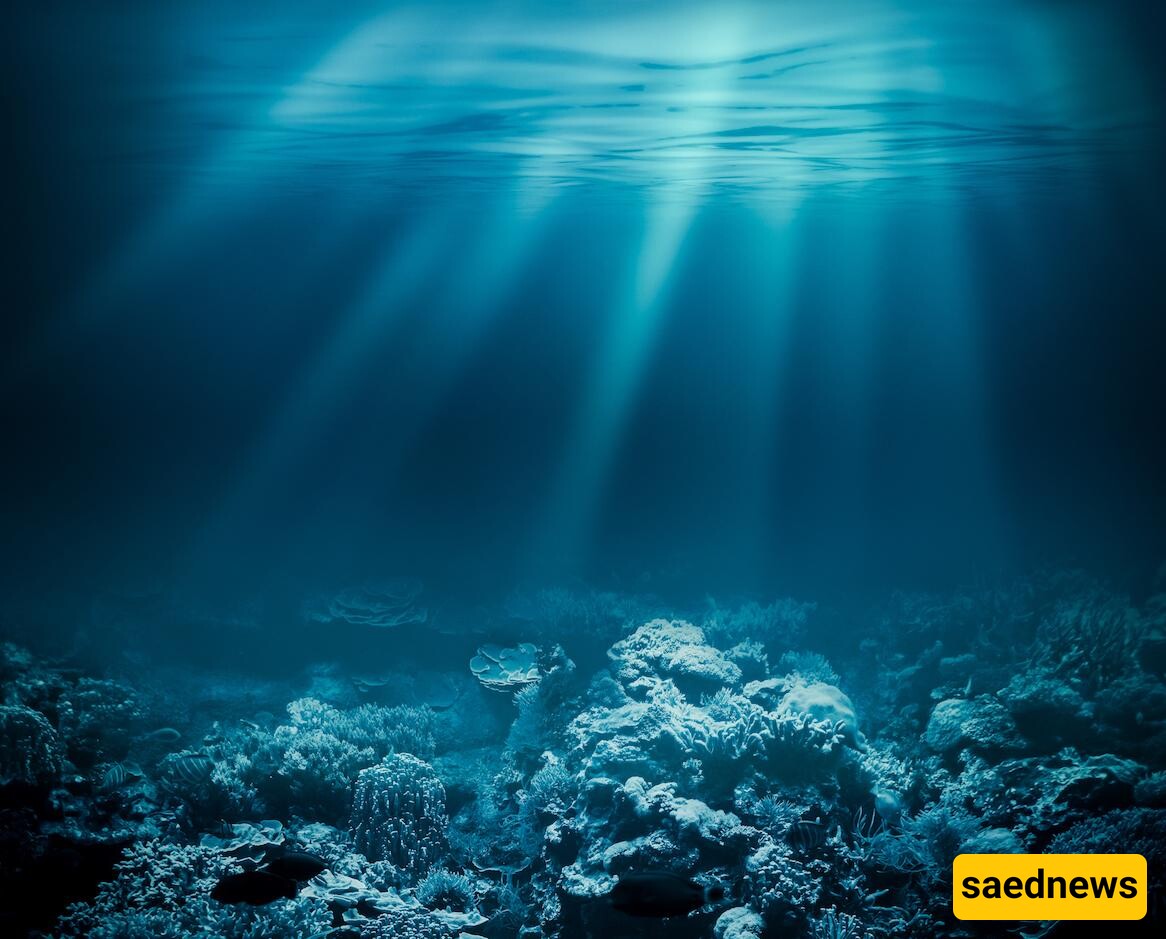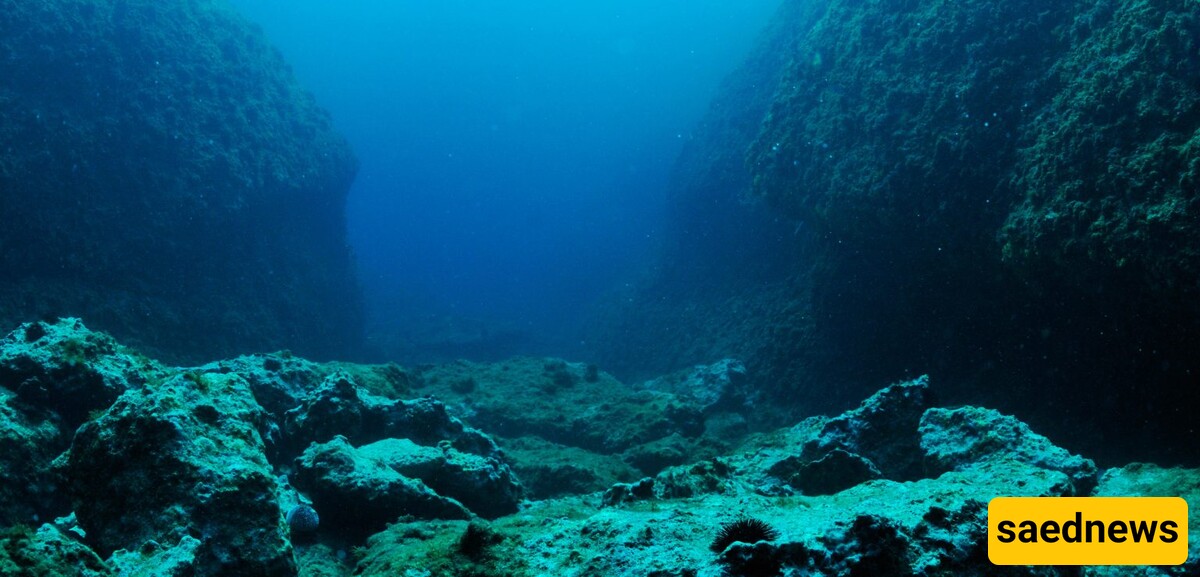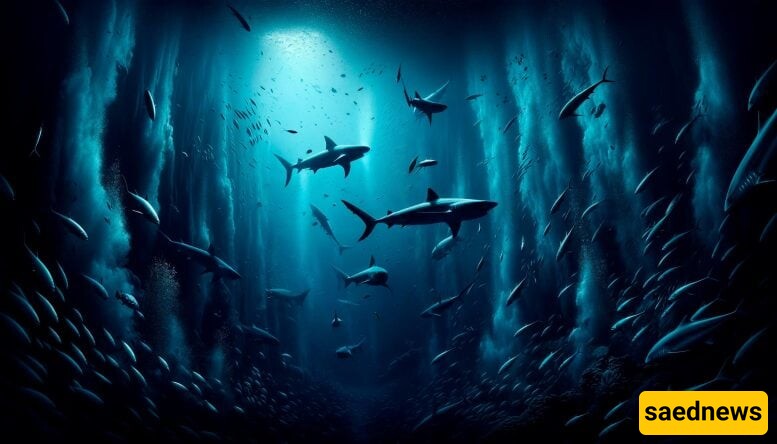SAEDNEWS: The deep sea is Earth’s most mysterious frontier, home to uncharted ecosystems and alien-like creatures. Advancements in technology are uncovering its secrets, reshaping our understanding of life beneath the waves.

According to SAEDNEWS, covering more than 60% of the planet’s surface, the deep sea remains one of the least explored regions on Earth. With depths exceeding 36,000 feet, this underwater realm thrives in perpetual darkness, extreme pressure, and near-freezing temperatures. It’s a window into life’s resilience, holding answers about Earth’s history and future.

Hostile Conditions
The deep ocean is defined by conditions that would destroy most life and machinery. Pressures increase by one atmosphere for every 10 meters of descent, reaching crushing levels in the deepest trenches. Combined with freezing temperatures and no sunlight, exploration demands highly specialized equipment.
Technological Hurdles
Advances in technology, such as submersibles like Alvin and remotely operated vehicles (ROVs), have enabled scientists to study this mysterious world. Equipped with durable materials and cutting-edge instruments, these machines collect images and samples from places previously inaccessible. However, the high costs and complexity limit their use.
Extraordinary Creatures
The deep sea hosts some of the most unusual life forms, adapted to survive in this extreme environment. Bioluminescent species like anglerfish and flashlight fish use light to attract prey or communicate. Other fascinating creatures, such as giant squid and vampire squid, call these depths home.
Adaptations for Survival
Life in the deep ocean thrives through remarkable adaptations. Many species rely on chemosynthesis, extracting energy from chemicals emitted by hydrothermal vents. Others have developed slow metabolisms, enabling survival on minimal food in nutrient-scarce waters.
Hydrothermal Vents
Hydrothermal vents, where mineral-rich, superheated water escapes from the Earth’s crust, form the basis of unique ecosystems. Tube worms, shrimp, and other creatures thrive here, relying on chemosynthetic bacteria for energy. These vent communities showcase life forms independent of sunlight.
Seamounts and Abyssal Plains
Seamounts, or underwater mountains, act as biodiversity hotspots, drawing fish and coral. In contrast, the abyssal plains—flat, barren stretches of the seafloor—host creatures that survive on organic particles drifting from above.

Carbon Storage
The deep sea plays a critical role in regulating Earth’s carbon cycle. Organic matter sinking from surface waters becomes trapped in deep sediments, acting as a long-term carbon sink that helps mitigate climate change.
Climate Regulation
Deep-sea currents influence global climate systems by distributing heat and nutrients. Understanding these currents is vital to predicting and adapting to climate changes on the surface.
Pollution
Despite its isolation, the deep sea is not untouched by human activity. Microplastics and chemical pollutants have been found in some of the deepest trenches, threatening marine life and ecosystems.
Mining and Overfishing
The quest for valuable minerals like rare earth metals has sparked interest in deep-sea mining, risking damage to fragile ecosystems that take centuries to recover. Overfishing also endangers slow-growing species, like orange roughy, disrupting intricate food webs.
Technological Breakthroughs
New innovations, such as autonomous underwater vehicles (AUVs) and advanced robotics, are expanding our ability to explore the deep. These tools can map vast areas and uncover hidden secrets with greater efficiency and less environmental disruption.
Potential Discoveries
The deep sea offers unparalleled opportunities for discovery, from new species to chemical compounds that could revolutionize medicine. Studying these environments also provides insights into the possibilities of life on other planets.
Sustainable Exploration
As interest in the deep sea grows, it’s crucial to balance discovery with conservation. Protecting this fragile environment is vital to ensure its biodiversity and ecological functions remain intact for future generations.
The deep sea is a vast, mysterious world brimming with unique life and untapped knowledge. Its ecosystems, adaptations, and role in Earth’s stability make it a key area of scientific interest. By exploring responsibly, we can uncover its secrets while preserving its wonders for generations to come.

